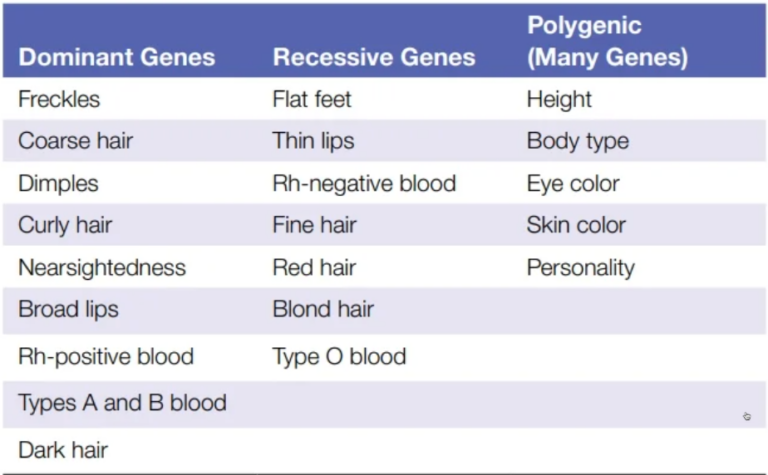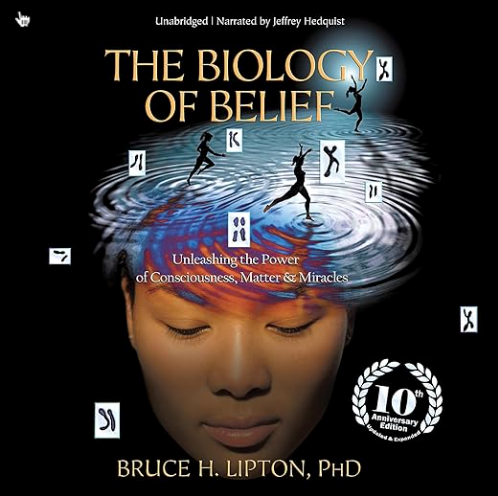Week 2 - Biological and Physical development
This week we focus on the influences that Biological and Physical development has on our lives. We are also looking at the emerging field of epigenetics in particular in relation to trauma.
We learnt about chromosomes, DNA, genes and zygote as an introduction to understanding monozygot twins (the same zygote splits into two, resulting in the birth of two individuals with the same genes. This is in opposition to fraternal twins who developed from two distinct sets of ova and sperm. Therefore, while they’re born at the same time, they don’t have the same genes.
Monozygot twins are an essential part of behaviour genetics and this is the reason why: since they have the same genes, if genes were solely responsible for how a human develops through the lifespan, monizygot twins would become exactly the same person. But research has shown that even with identical genes, monizygot twins develop into different individuals. This means that there are other factors that affect human development, typically the environment that an individual interacts with. The environment is represented by both family and society which we know affect an individual’s emotional development since birth. This means that emotions developed as part of human growing up in an environment play a role in how cells execute the genetic blueprint. Therefore by working on emotional wellbeing it’s possible to improve people’s lives.
Dominant-Regressive pattern
Ova and sperm each contain an unpaired set of 23 chromosome. During conception, the parents unpaired chromosomes combine to create a unique genetic blueprint of 46 chromosomes: this is known as genotype. The manifestation of the blueprint is called phenotype.
There are dominant and regressive genes. If a child receives a single dominant gene, the phenotype will carry that gene. However a child must receive both regressive genes from both his/her parents for the phenotype to manifest.
Genetic disorders are transmitted from parents to child. Below it’s an example of some genetic disorders based on the dominant / recessive genes.
Lorem ipsum dolor sit amet, consectetur adipiscing elit. Ut elit tellus, luctus nec ullamcorper mattis, pulvinar dapibus leo.

(Boyd & Bee, 2019 – p. 61)
We then looked at multifactorial inheritance, whereby many physical traits are influenced by both genes and environment. This is also one of the subject of epigenetics.
Genetic and Chromosomal Disorders
Autosomes are all chromosomes other than the sex chromosomes. Autosomal disorders are all genetic disorders related to autosomes.
Sex-linked disorders are found on the X chromosome. These are more likely to appear in men because men have only one X chromosome, therefore a regressive gene is likely to cause a disorder of some sort.
The Mother experience
We look at the phases from conception to birth and peeked into pregnancy, gestation and delivery as phases.
Pregnancy has three phases:
- First trimester (up to week 12). This is generally characterised by a missed Period, breast enlargement and abdominal thickening. Women might experience morning sickness. This is also the most important trimester for the fetus health as the blueprint for the human-to-be is created
- Second trimester (12th to 24th week). This period is characterised by an increased appetite in the expectant mother, weight gain, the pregnancy showing and first fetal movements felt
- Third trimester (24th week to birth). This period is characterised by weight gain and breast discharge
Milestones of prenatal development
There are three milestones for prenatal development:
- Germinal stage. This includes:
- Conception (Day 1)
- Implantation (Day 10-14). In this phase the blastocyst implants itself on the uterine tissue by Day 12
- Embrionic stage (implantation to end of week 8). The embrio cells start coming together and form the main parts of the fetus
- Fetal stage (week 8 to birth). The fetus body and organs are refined until the fetus is ready to go into the outside world
Physical, Sensory and Perceptual development in infancy
In this section we looked at the infant development from birth to 2 years old.
The infrant brain and nervous system
We looked at the concept of synaptic development. All brain structures are composed of neurons and glial cells. Synapses are the connection between neurons.
Three major processes contribute to the formation of synapses:
- Synaptogenesis. The creation of synapses.
- Pruning. The process of removing unnecessary connections after a synaptogenesis growth spurt
- Myelinisation. The insulation of axons to protect / insulate them electrically and improve their conductivity
Epigenetics
The field of epigenetics is quite a recent one. Epigenetics means “above” genetics and it’s a science that claims that who we are and become is not exclusively dictated by our genetic blueprint (the genotype). Rather, the genotype represents a blueprint of traits that define our characteristics, but the environment influences which of these genetic traits can be switch “on” or “off”. This is in stark contrast with the Darwinian theory of evolution according to witch the “fittest survives” and the “fitness” is simply a consequence of accidental occurrences (genetic variations) on our DNA and that species are in competition for survival. According to epigenetics, while to definitely have some traits contained in our genes, we can influence which traits to activate / deactivate by acting on the environment.
From a biological perspective, the cells membranes are the actual “brain” of the cell. Not only the are “self-charing” batteries for the energy required to power life, but the way they activate particular proteins in sections of the DNA is influenced by factors outside the cell. For example, stress hormones produce inflammation in our body. When the byproduct of such hormones is assimilated by the cell membrane, it might impede the activation of certain proteins. Conversely, positive thoughts, physical exercise, love, kindness, compassion and forgiveness all contribute to “positive” energy being assimilated by the cell with the consequent activation of sections of the DNA which result in healthier and happier lives. (Lipton, 2015).
I strongly recommend what I consider the most authoritative book on epigenetics, written by Bruce Lipton, the “go to” authority on the field of epigenetics. A world-renowned biologist, Bruce explains down to the cellular level how epigenetics works and the profound positive impact that a healthy environment (physically, mentally, emotionally) can have on people’s lives.


